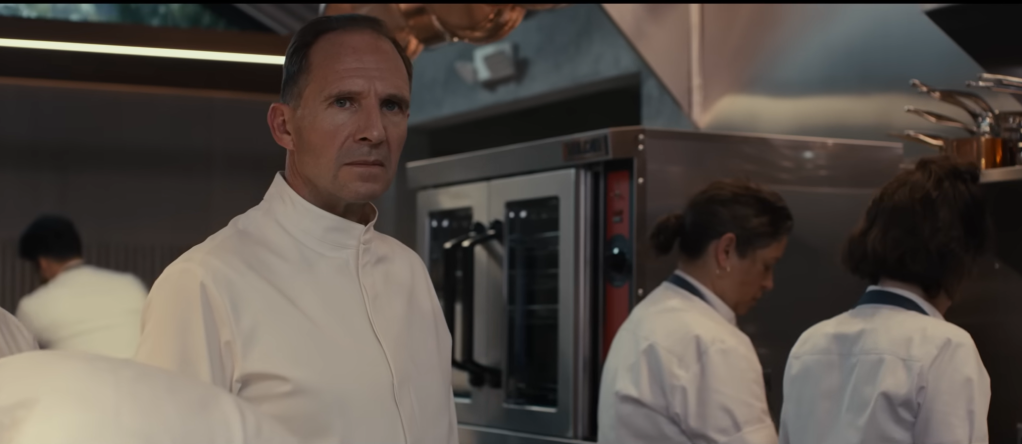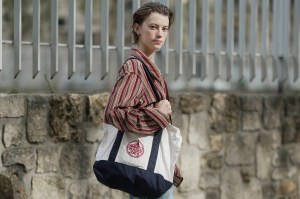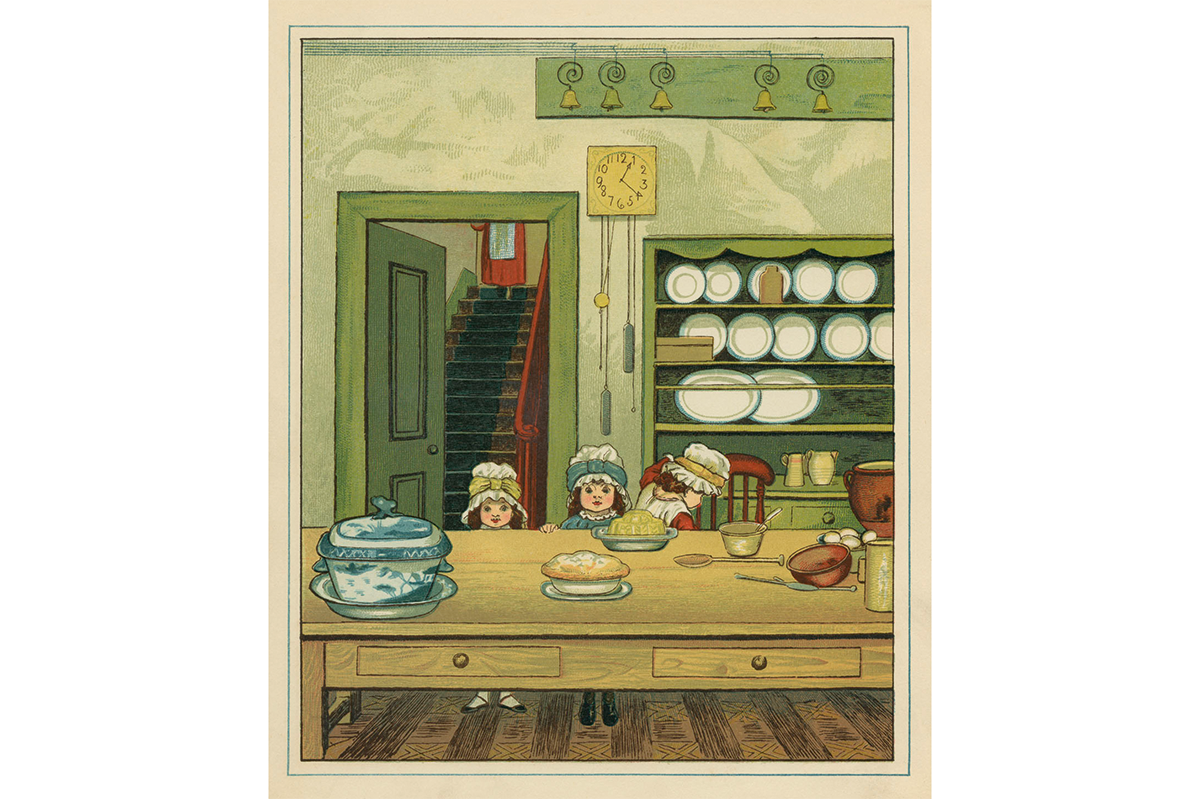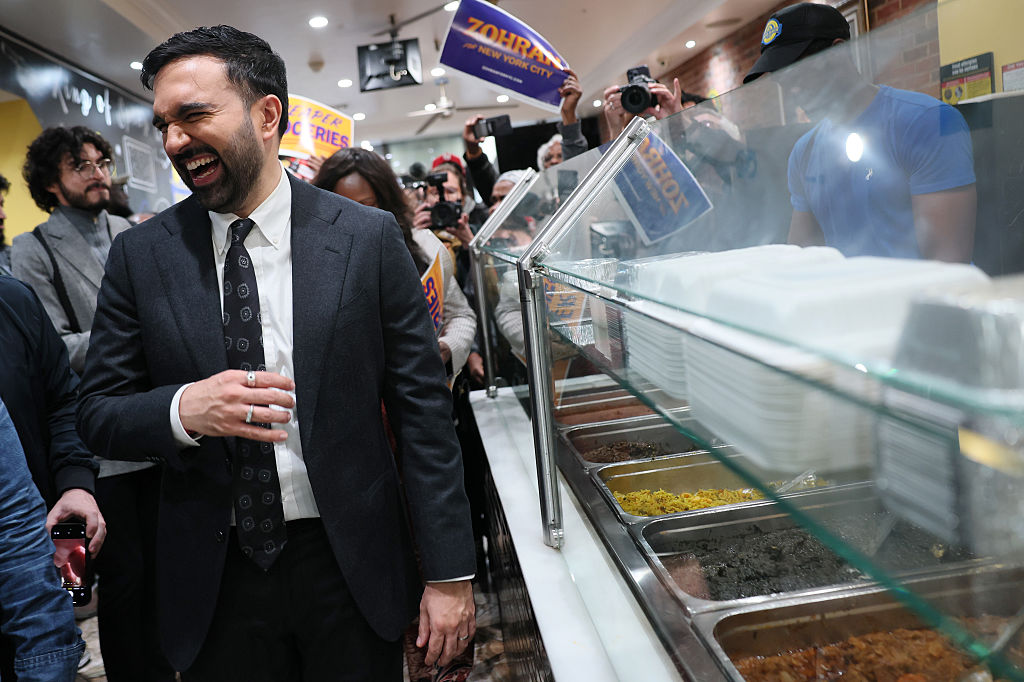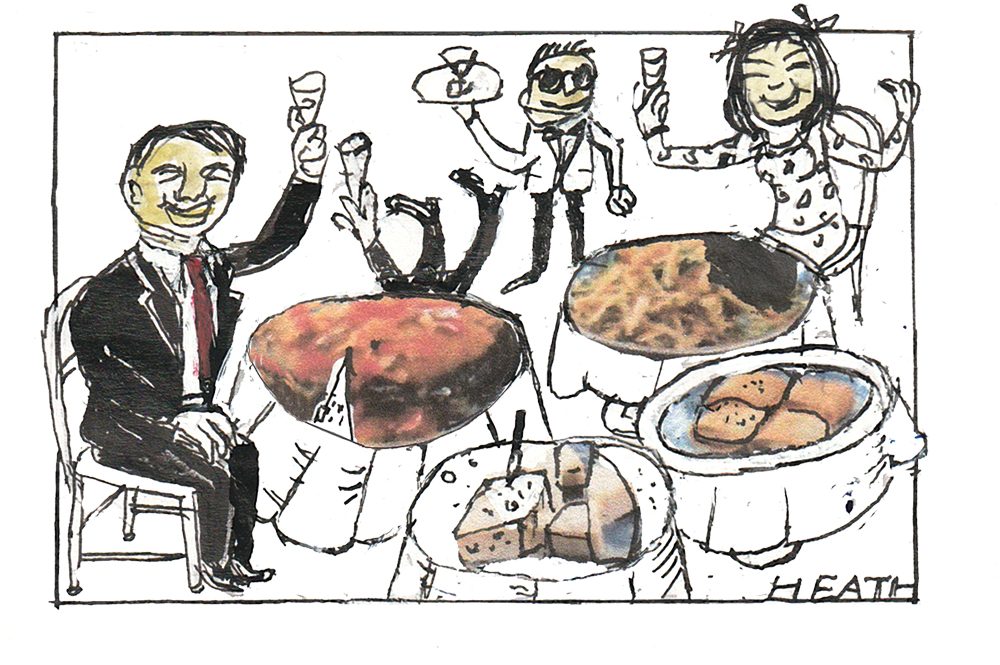Several years ago, after I passed the bar exam, my wife and I went to dinner at Pineapple and Pearls — probably Washington, D.C.’s second swankiest restaurant. I recall eating some excellent duck, as well as imbibing a selection of craft cocktails served in ever-more exotic glasses and alembics. But what I remember most was dessert: a single gooseberry lacquered with honey. Yes, a single berry. (We ordered Domino’s when we got home.)
The Menu is a lacerating bit of social commentary that doubles as a satire of this kind of fine dining — not all that surprising a blend, given the presence of Adam McKay on the production team. While its appeal may be somewhat limited — it’s targeted at the niche demographic of Privileged People Who Feel Guilty About It, rather like HBO’s The White Lotus — it’s fast-paced and nastily on-point enough to be memorable.
We meet diners Kevin (Nicholas Hoult) and Margot (Anya Taylor-Joy) as they board a boat bound for the ultra-exclusive island restaurant Hawthorne. Under the stern discipline of chef Julian Slowik (a great Ralph Fiennes), Hawthorne’s immaculately uniformed staff serve up exotic fare for $1,250 a plate. A particular standout served early on is the “breadless bread plate” that’s exactly what it sounds like — a dish of oils and dipping sauces unaccompanied by any actual bread. In one of the film’s funniest bits, the sycophantic foodie Kevin slurps up the dribbles of sauce while babbling the whole time about Chef Julian’s genius. It’s funny because it’s true.
Soon, though, it becomes clear to the guests that their dining experience will be unique. Chef Julian has tailored the experience to the diners — and Margot, enlisted as a date after Kevin’s original companion bowed out, doesn’t thematically belong. When some mysterious tortillas — laser-engraved with guests’ bank account numbers or pictures of their dirty little secrets — start rolling out of the kitchen, Margot is forced to choose whether she’s on the side of Hawthorne and Chef Julian or the spoiled guests.
Violence and other mayhem follow. While its trailers marketed it as something like The Hunt, The Menu ends up as a stagey fusion of Chopped, Knives Out, and Ready or Not, as Hawthorne’s guests suffer ever-more absurd levels of abuse in the name of a “theatrical” dining experience. It all builds up to a truly deranged (and quite satisfying) crescendo that delivers on the movie’s wicked premise. You’ll never look at a beloved dessert the same way again.
As blackly comedic as it is, The Menu isn’t nihilistic. You’d be forgiven for thinking that the film ultimately has something to do with cannibalism — “eat the rich,” anyone? — but to its credit, the movie never goes there. From start to finish, its central conceit is clear: contemporary elite culture cares far more about exotic experiences than about those who suffer behind the scenes to produce them. Any path forward, such as it is, must be one that recognizes the real dignity of labor, rather than one that tries to shove staff into the background.
In the end, the film works because through the character arc of Taylor-Joy’s Margot — and Fiennes’s Chef Julian — these themes have room to breathe. It would have been easy for a movie like this one to exult in karmic retribution against society’s overclass. And there’s definitely some of that. But there’s also a genuine hint of sweetness beneath the surface here, an acknowledgement that it is possible to treat others better, to see the value in even simple tasks done well. As Martin Luther might have argued, the crux is to understand one’s work as a vocation, a calling, such that even the humblest jobs are rendered significant. And beyond that, it is to see that significance in others’ work. All of this culminates in a truly clever resolution for these characters that feels entirely earned.
Like the opulent(ish) meal at its core, The Menu won’t be for everyone. But as a tangy hors d’oeuvre heading into the holiday movie season, it’s worth paying for. You won’t even need a palate cleanser.



